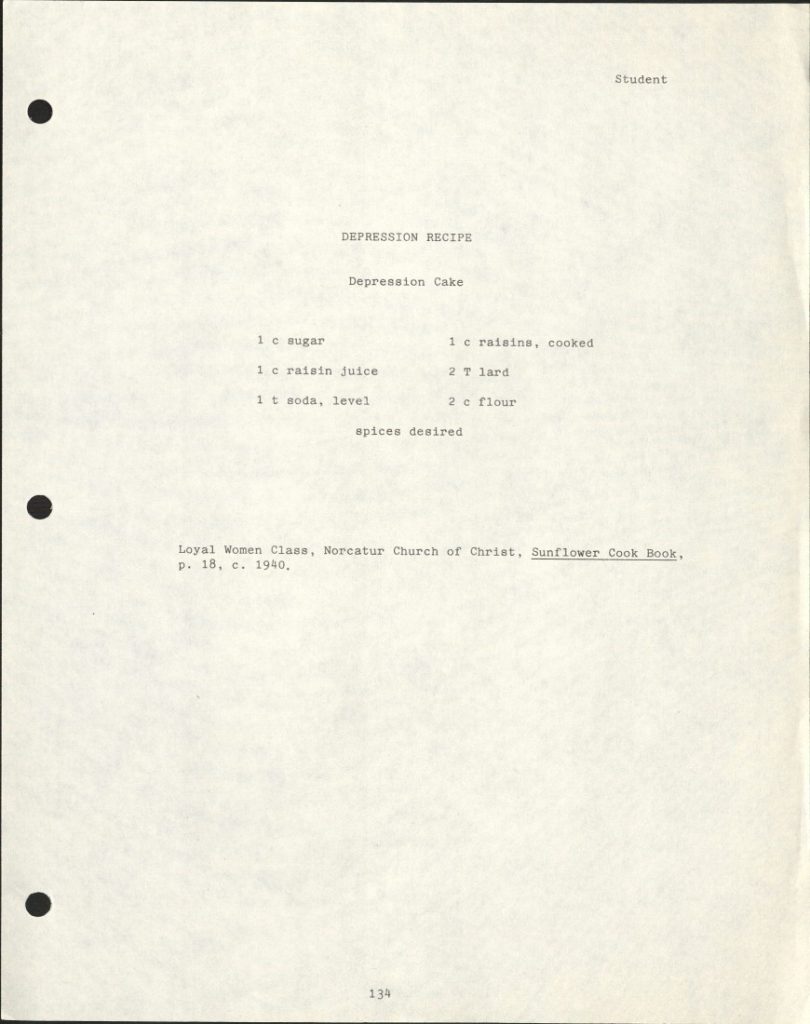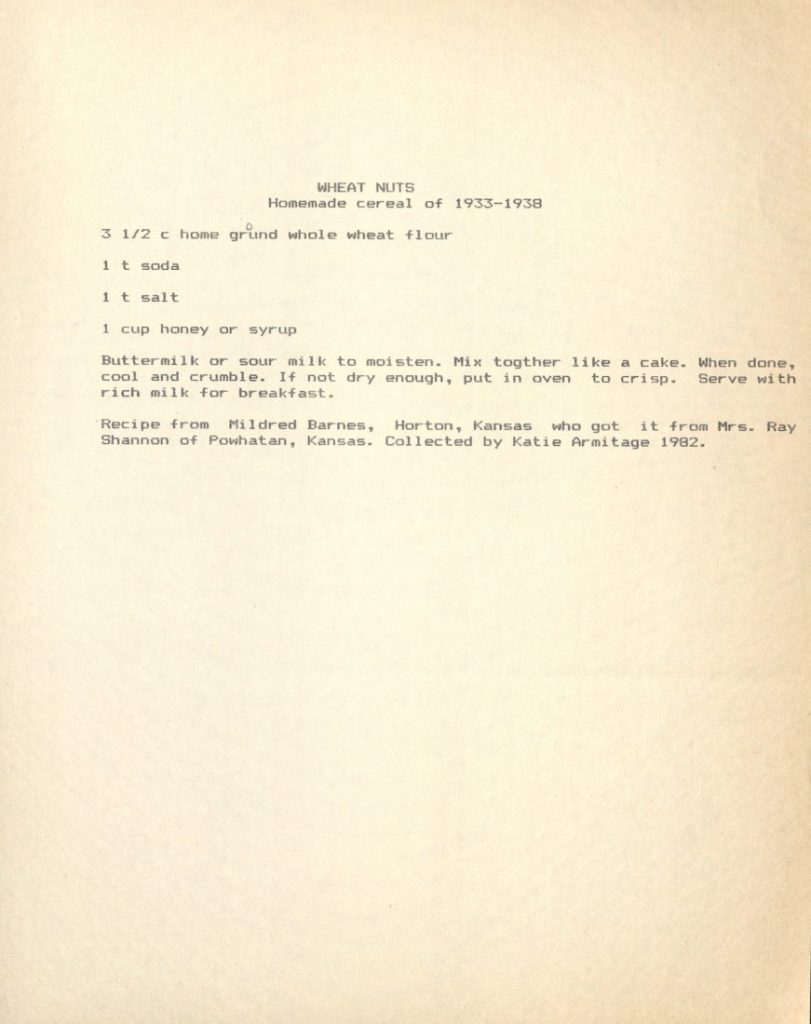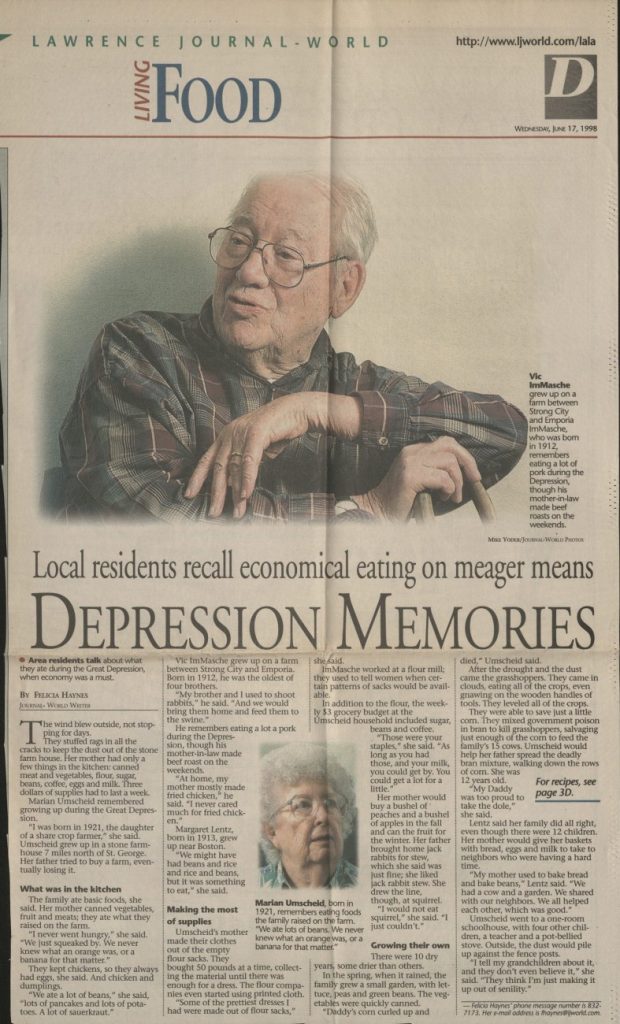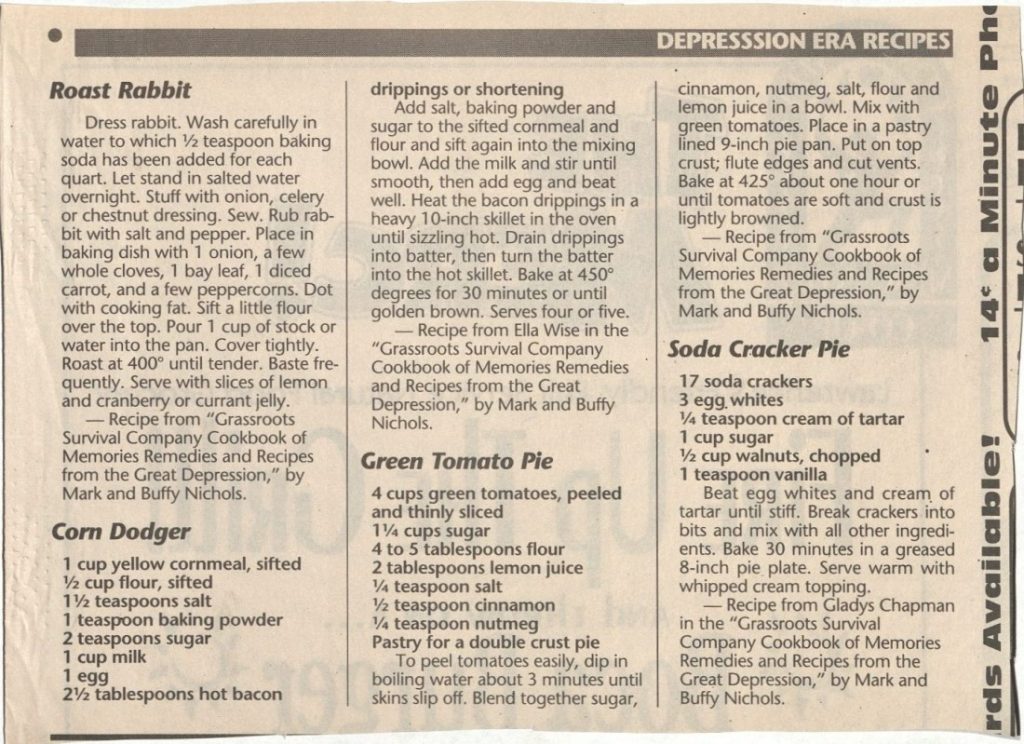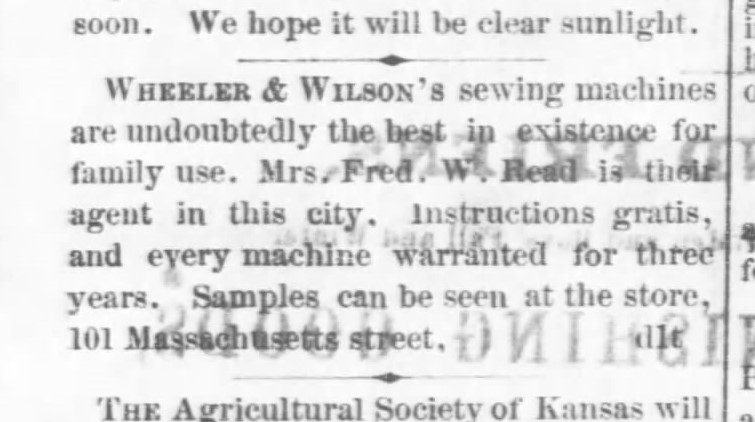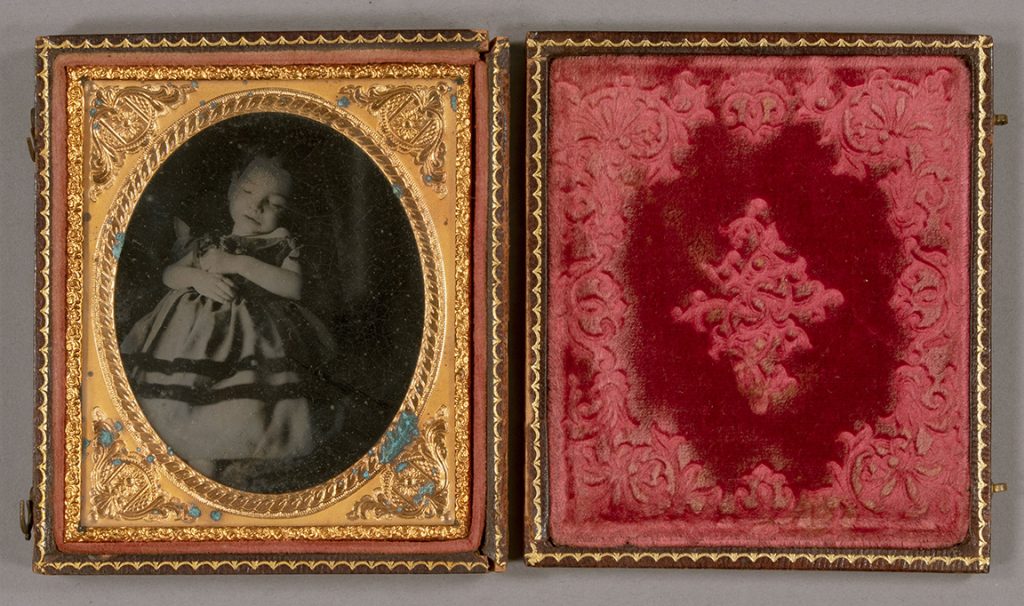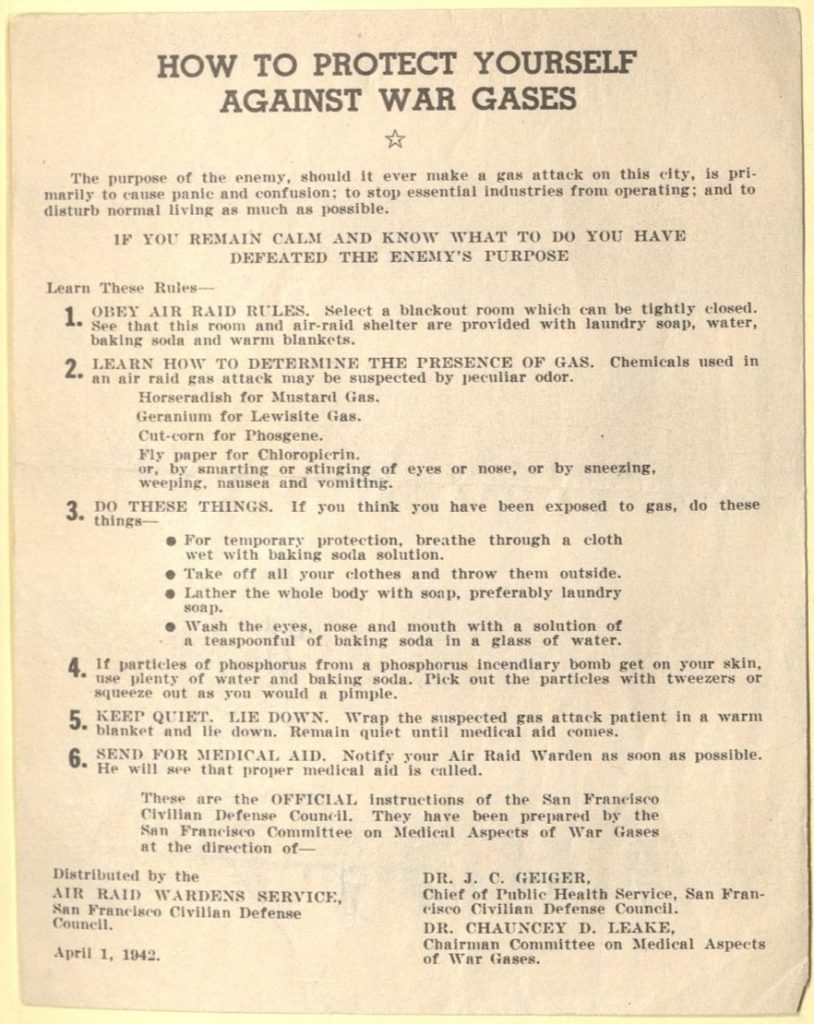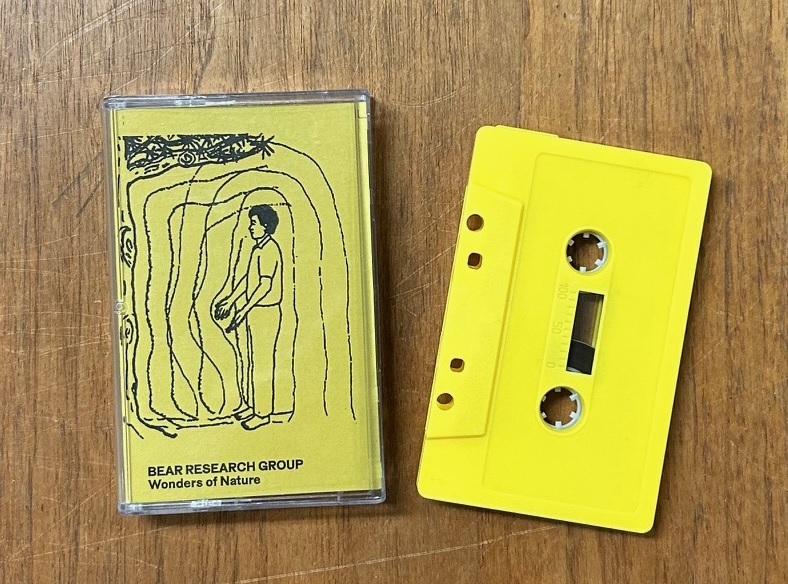Douthart and Grace Pearson Scholarship Halls at 70
September 11th, 2024This weekend, alumni will gather to celebrate the 70th anniversary of Douthart and Grace Pearson Scholarship Halls on the KU campus. While Douthart was slated from the beginning as a scholarship hall, it appears that Grace Pearson was originally conceived as a “general” women’s residence hall and was added to the scholarship hall system a few years after it opened.
At the time it was built, Douthart Hall was the fourth women’s scholarship hall and ninth total in the system. The location had previously been the site of Carruth Hall, the former residence of Chancellors Snow through Lindley, and after 1940 a small student residence hall. An August 1953 KU News Bureau report noted that Douthart was “the gift of the late Miss Lela Douthart and the late Mrs. Ava Douthart Chronister of Kansas City, Kansas, and of Burt Chronister of Kansas City, Kansas. Douthart Hall will be built at the northwest corner of 14th and Louisiana streets.”
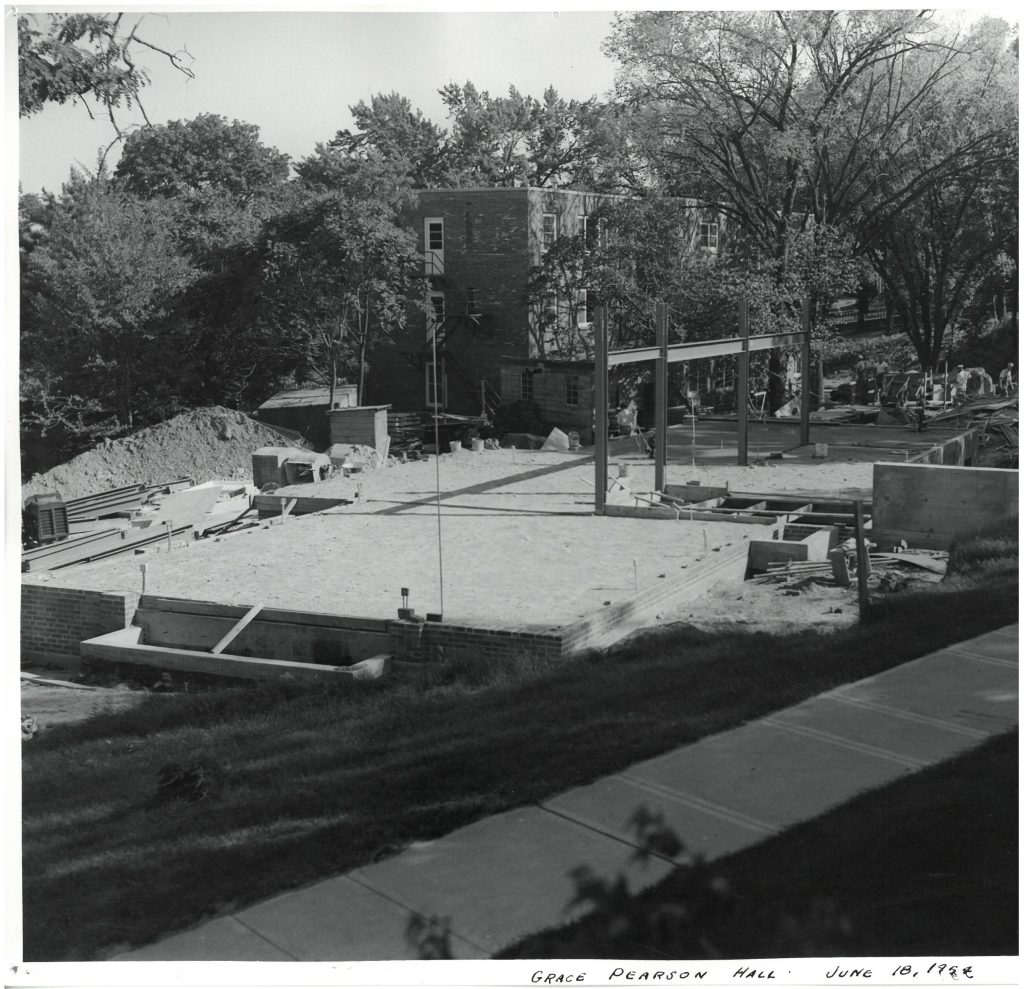
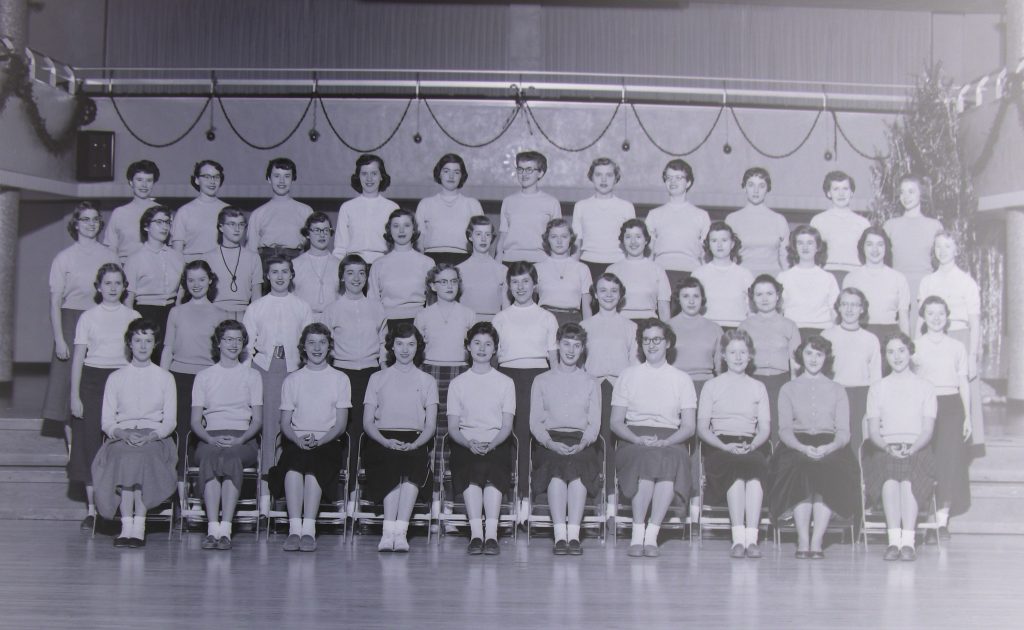
J.R. Pearson and his wife Gertrude Sellards Pearson generously donated funds for various residence halls at the University of Kansas. Grace Pearson Hall, named in honor of J.R. Pearson’s mother, was built as a reverse copy of Douthart Hall and was situated between Douthart and the KU Faculty Club on Louisiana Street. It was designed to be a 48-student women’s dormitory but, as a KU News Bureau report from 1953 noted, “The new hall will not be a scholarship hall, but whether it will be used for freshman or upper class women has not been determined.” Within a few years it had become a men’s hall and is currently co-ed.
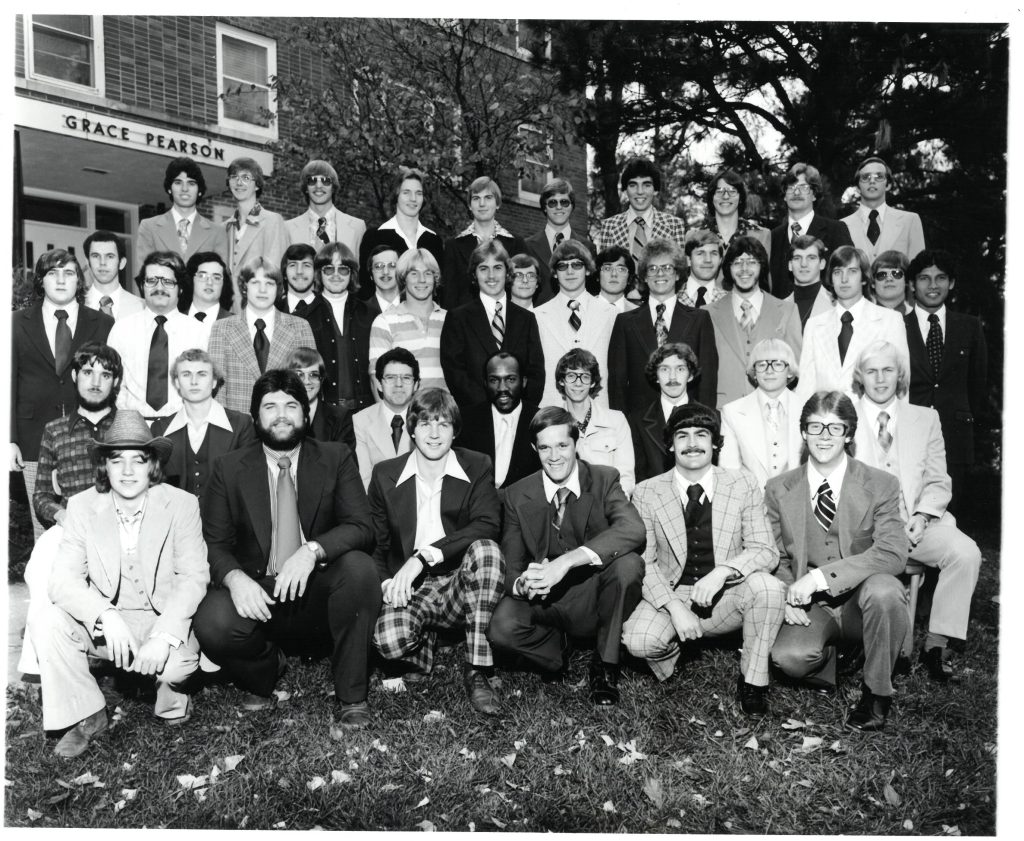
Scholarship halls were designed to provide an economical place to live on campus, with residents assuming cooking and cleaning duties to cut costs and foster a cooperative sense of community living. Residents were selected on the basis of need, scholarship, and character. A 1954 KU News Bureau report stated that the first residents received room and board “for about $300 a year less than the outlay for comparable accommodations” and also received $300 scholarships when admitted to a scholarship hall. Originally each scholarship hall also housed a housemother, later replaced by a scholarship hall director.
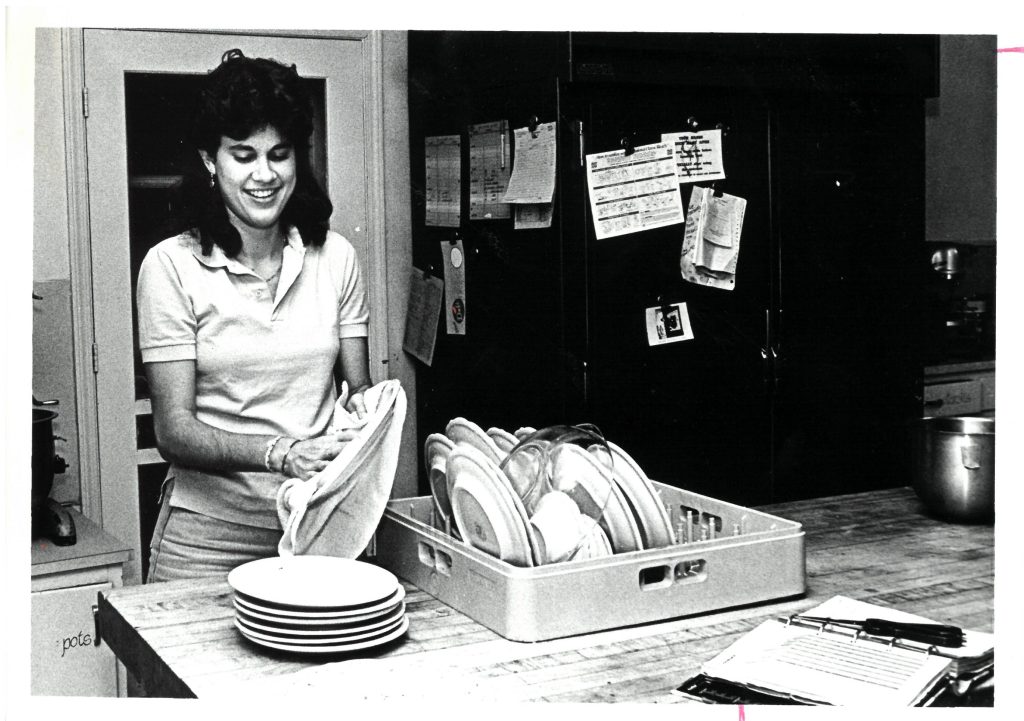
We hope that the former and current residents of Douthart and Grace Pearson Halls who gather in Lawrence this weekend have a wonderful time reminiscing about their experiences living on the Hill.
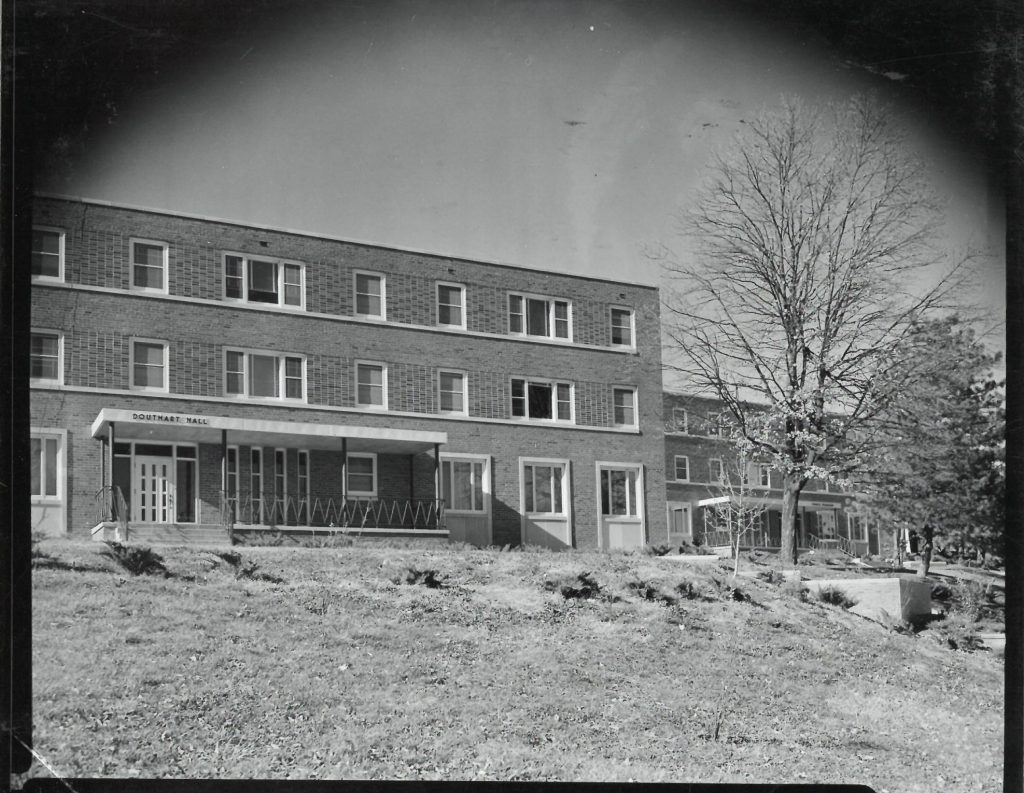
Whitney Baker
Head, Conservation Services (and former Douthart Hall resident)

